Anders Hesselbom
Programmerare, skeptiker, sekulärhumanist, antirasist.
Författare till bok om C64 och senbliven lantis.
Röstar pirat.
Character compression per image depth
2018-12-23
An image is a two-dimensional array of colored pixels, in this case 200 rows pf 320 pixels (320×200), today typically a 2-dimensional pixel array. Color indexing is the concept of replacing the 24-bit pixels with an 8-bit pointer to a color palette, thus reducing the memory required to represent the image. Character compression is the concept of replacing the pixel matrix with a matrix of references to a palette of 8×8 cells. Fewer bits per pixel results in poorer quality, but higher probability of finding similar 8×8 cells, and therefore a smaller image. More bits per pixel results in higher quality, but less probability of finding similar 8×8 cells, and therefore a larger image. The technique does not work well on photographic images. I use these original images:
In total, a 320×200 (64000) pixels image (8000 bytes) consist of 40×25 (1000) characters. On a blank image, only one of them are unique and needs to be stored. If the image contains just one set pixel, then the image contains two unique characters. One blank and one containing the pixel. Using character compression, the one pixel image requires 2000 bytes for the character index (1000 entries of 2 bytes each), 8 bytes for the empty character and 8 bytes for the character with a pixel. 2016 bytes in total, instead of the 8000 bytes that is required to store a 1-bit 320×200 pixel image.
The first (1-bit) image in this example contains 716 of 1000 unique characters and the 2000-byte index, meaning that the compressed images requires 716×8 + 2000 bytes (7728 bytes). Here is one example of matchig characters:
And here are all the matches highlighted:
By reducing the size of the character, you increase the likelihood to find duplicated character, but you increase the size of the character registry.
The probability of finding duplicate characters decrease when more colors are added (the 8-bit version of the image does not contain any duplicated characters) so a strategy for achieving better compression would be to allow a certain degree of mismatch. If two characters are similar to a certain degree, they can be treated as same. If the threshold for treating two characters as similar is too high, no compression will be achieved. If the threshold is too low, the image will look a bit off.
Kategorier: Uncategorized
Du som kommenterar för första gången: Det kan dröja en stund innan kommentaren syns på sidan, eftersom den modereras manuellt. Har du kommenterat här förr, syns din kommentar direkt.
En kopp kaffe!
Bjud mig på en kopp kaffe (20:-) som tack för bra innehåll!



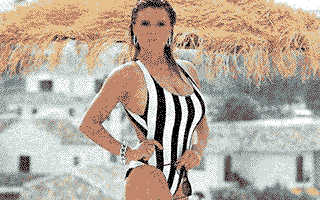


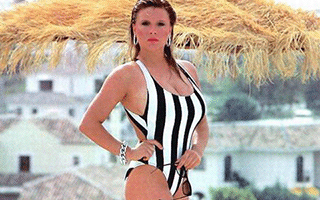

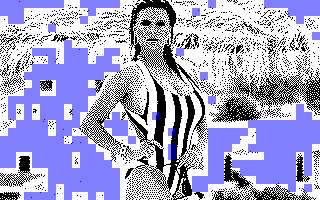


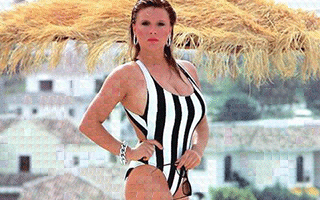





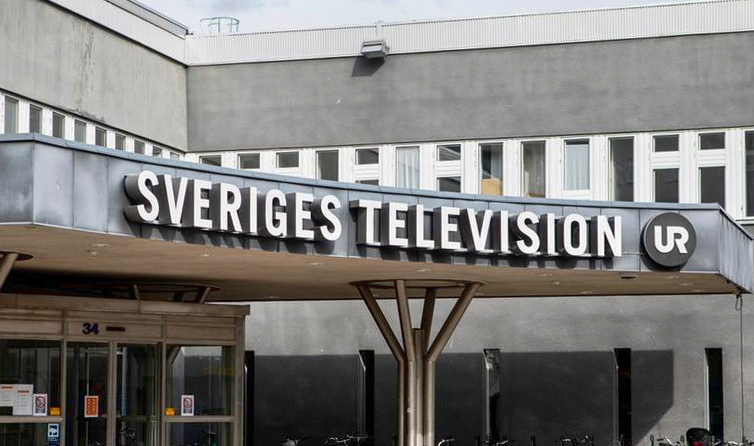
Lämna ett svar